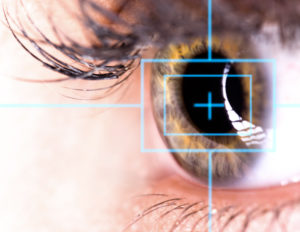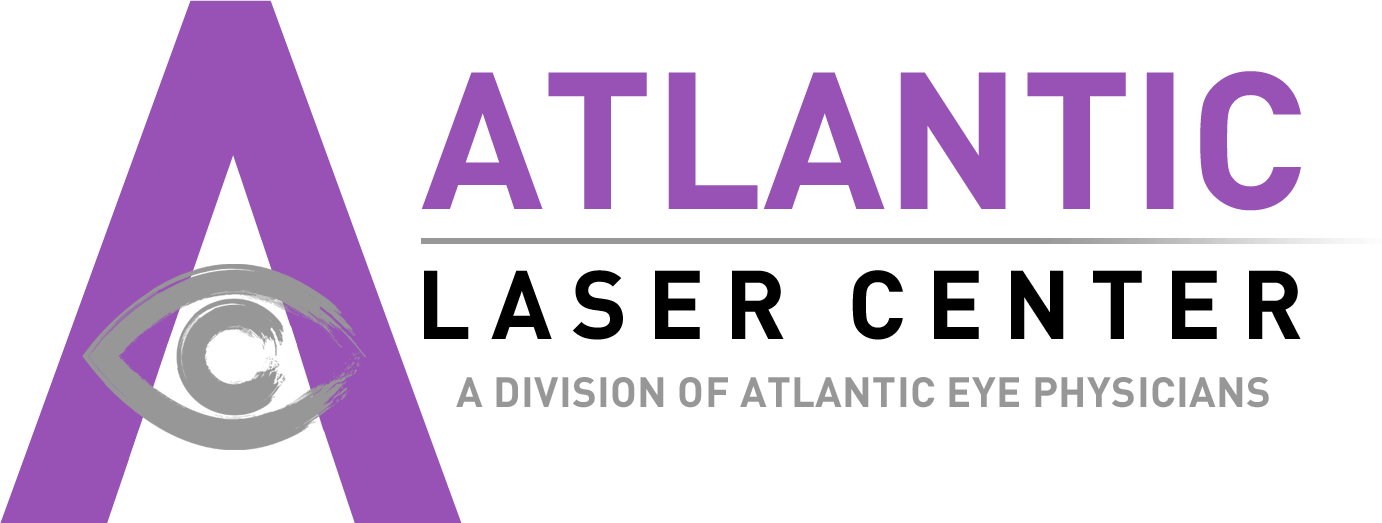LASIK Can Dramatically Improve Farsightedness
 Farsightedness, or hyperopia, occurs when your eyes cannot focus on close-up objects. Though distant objects appear clearly, anything within arm’s length appears blurred or fuzzy. You may rely on glasses or contacts, which affect your appearance and/or your quality of life. If you have severe farsightedness, the condition can even keep you from enjoying certain activities and hobbies. Fortunately, LASIK (laser-assisted in-situ keratomileusis) can be an effective way to address hyperopia. This quick, safe procedure can greatly improve your vision and reduce your dependence on corrective lenses. Like many patients, you may not even need your glasses at all. Dr. Goldberg will carefully evaluate your candidacy for LASIK. If needed, he can also recommend an alternative procedure, such as photorefractive keratectomy (PRK). To learn more about LASIK and farsightedness, contact our Monmouth County practice today.
Farsightedness, or hyperopia, occurs when your eyes cannot focus on close-up objects. Though distant objects appear clearly, anything within arm’s length appears blurred or fuzzy. You may rely on glasses or contacts, which affect your appearance and/or your quality of life. If you have severe farsightedness, the condition can even keep you from enjoying certain activities and hobbies. Fortunately, LASIK (laser-assisted in-situ keratomileusis) can be an effective way to address hyperopia. This quick, safe procedure can greatly improve your vision and reduce your dependence on corrective lenses. Like many patients, you may not even need your glasses at all. Dr. Goldberg will carefully evaluate your candidacy for LASIK. If needed, he can also recommend an alternative procedure, such as photorefractive keratectomy (PRK). To learn more about LASIK and farsightedness, contact our Monmouth County practice today.
What Is Farsightedness?
Farsightedness is one of the most common types of vision aberrations, and it affects about 25 percent of the population. Hyperopia occurs when your eyes are disproportionately short. Therefore, they cannot refract light correctly. Instead of focusing in the center of your retina, light focuses behind your eye. As a result, close-up objects appear blurred. Farsightedness can vary in severity. You may only need glasses for reading or close-up work, or you may rely on corrective lenses at all times. If left untreated, hyperopia can cause eye strain and headaches.
Though it can present similar symptoms, hyperopia is different from presbyopia, typically an age-related concern. Farsightedness is often a congenital condition. Some children outgrow it as their eyes develop and change shape. For many, however, the problem continues into adulthood.
How LASIK Can Correct Farsightedness
Before recommending LASIK, Dr. Goldberg will carefully evaluate your candidacy for this treatment. He will conduct a topography test to measure the curvature of your cornea and see how much it refracts light. He will also examine the front and back of your eye with Visante® technology, used by only 10 percent of practices in the country. With these tests, he can accurately determine your LASIK candidacy and plan a precise, individualized treatment.
If you are a suitable candidate for LASIK, Dr. Goldberg will create a thin flap in your cornea. After lifting this flap to access the underlying tissues, he will remove excess tissue to reshape your cornea. This enables him to improve the refraction of light, directing it to the correct spot on the center of your retina. Then he will lay the flap back down, where it will heal on its own within a few days. The entire process will take just a few minutes, and it involves negligible discomfort.
What to Expect after LASIK
Like many patients, you may enjoy a dramatic improvement in your vision following your LASIK surgery. It is common to experience some slight sensitivity and blurred vision for the first 24 to 48 hours. Rest and mild, non-prescription pain medications can minimize this discomfort. Your vision can fluctuate a bit for the first few months after LASIK surgery. However, you will typically notice improvement within a few days. Most patients enjoy 20/25 vision or better after LASIK surgery. Many experience 20/20 vision – some for the first time in their lives. Even if you do not have “perfect” sight, you will typically rely far less on glasses or contacts. This can improve your appearance and make your life much more convenient.
Find Out if LASIK Is Right for You
If farsightedness is holding you back, LASIK may be the solution. Contact our office today to schedule your comprehensive evaluation and find out if you are a candidate for this procedure.


